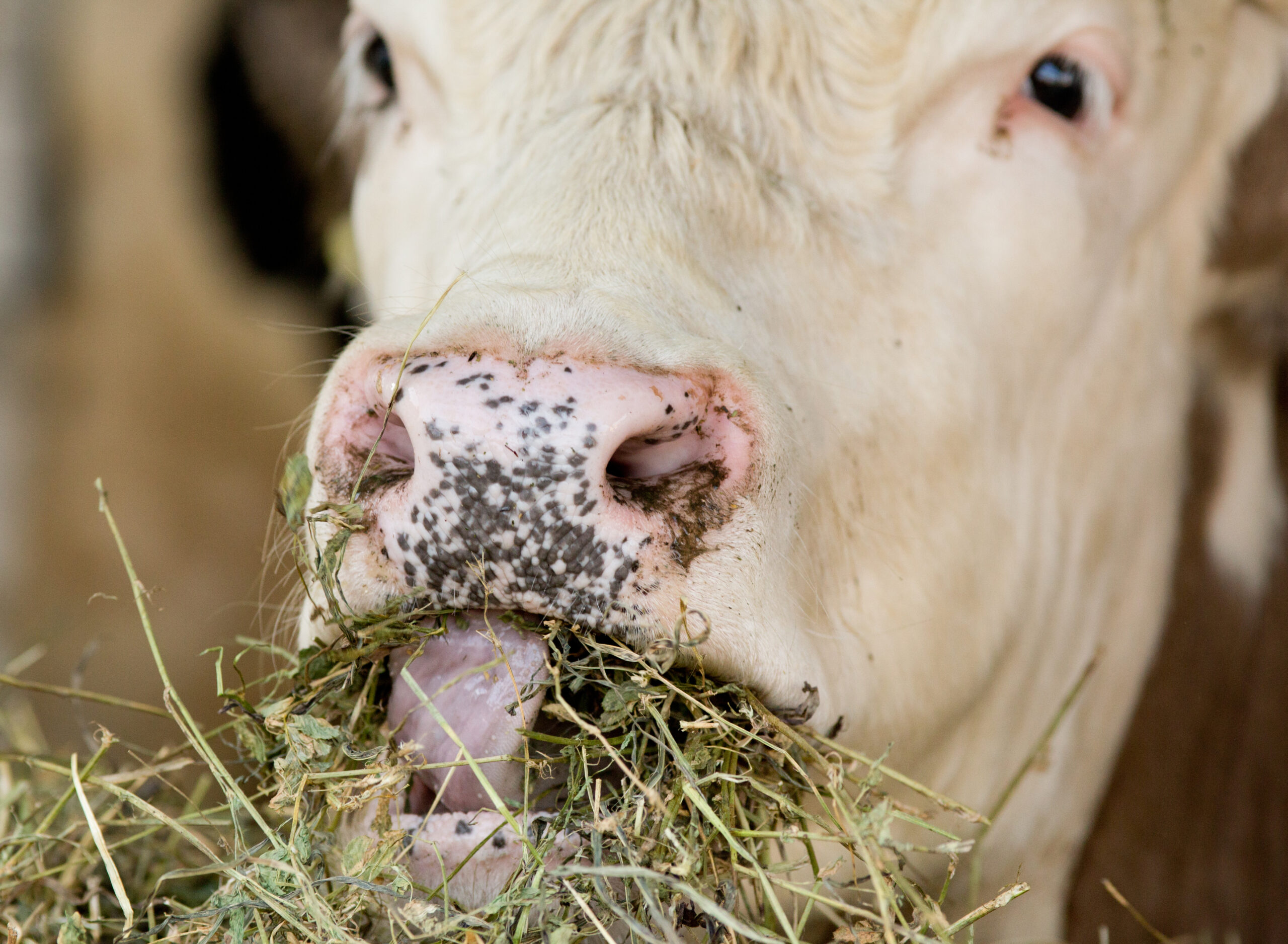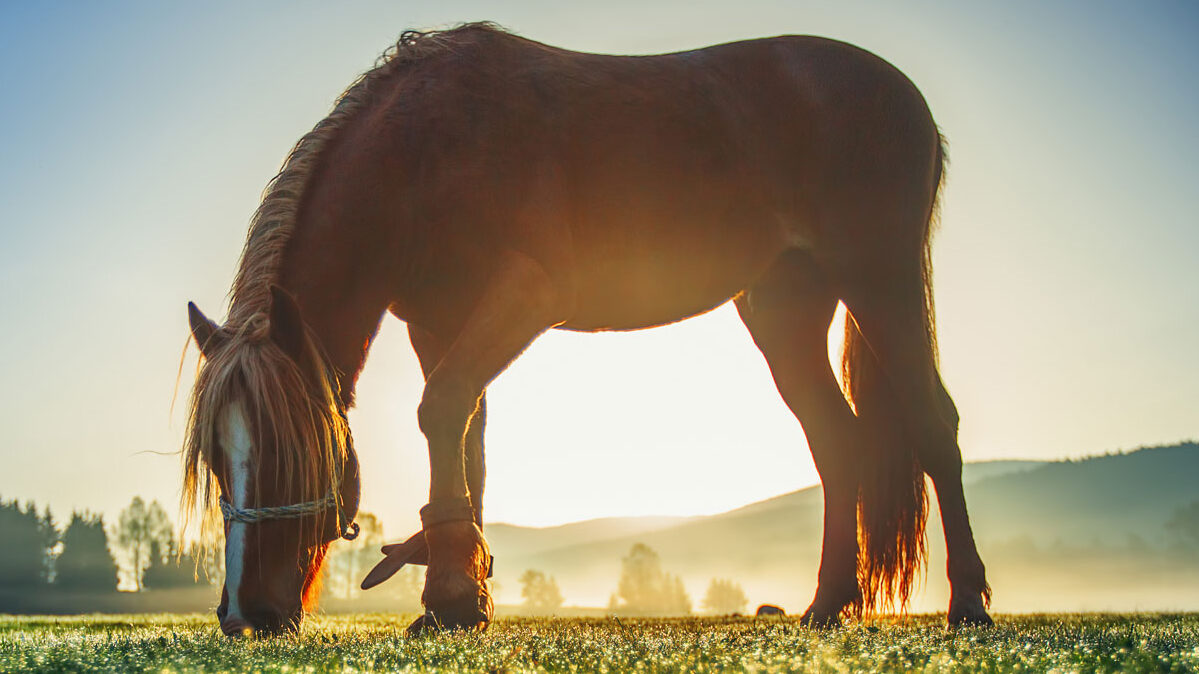NC State Veterinary Medicine Research Roundup, February 2021

A look at some of the latest published research from the CVM.
Cattle Pain Management
A survey of producers and veterinarians offers differing perspectives toward pain management practices in the United States cattle industry.
The study, published in Animals, found that producers most often cited drug cost, availability and logistics for administration as factors impacting pain management implementation. From the veterinarian perspective, lack of Food and Drug Administration products hinders support of on-farm protocols requiring extra-label drug use.
The study also outlines future steps to improve analgesic use on farms, including identifying and approving drugs that demonstrate efficacy in cattle pain management and disseminating educational resources.
The research’s authors include Monique Pairis-Garcia, Ronald Baynes, Brooklyn Wagner, Emma Nixon and Ivelisse Robles.
Read the study here.
Tendon Suture Performance
Biomechanical properties of repaired tendons were improved with placement of epitendinous sutures, according to new research co-authored by Daniel Duffy, Yi-Jen Chang and Adam Eby.
The research team tested 80 canine superficial digital flexor tendons, finding that the commercial Stratafix barbed suture form performed better as an epitendinous suture compared with other types of barbed sutures and performed similarly to monofilament sutures. The Stratafix barbed suture also eliminates the requirement for knot tying.
The research appears in Veterinary Surgery. Read the study here.
Canine Proteinuria Characteristics
Gallbladder mucocele formation is significantly associated with proteinuria in dogs, according to new research led by Jody Gookin.
Proteinuria, or increased levels of protein in urine, is often an important sign of kidney disease in dogs. Control of proteinuria may prolong maintenance of patient kidney function, but an association between proteinuria and gallbladder mucocele formation in dogs was previously unknown.
In the study, researchers found that median urine protein concentration was higher in dogs with mucocele formation compared with control dogs. Gallbladder mucocele is a distended gallbladder filled with content that is typically mucus-like, clear or watery. The study concludes that diagnosis and treatment of proteinuria in dogs with mucocele formation may minimize long term kidney disease in canines.
Co-authors of the study, published in the Journal of Veterinary Internal Medicine, include James Robertson, Gabriela Seiler, Kathleen Aicher, Shelly Vaden and Crystal Lindaberry.
Read the study here.
Remote Anesthesia Practices
Total injectable anesthesia in dogs and cats can be accomplished in remote sterilization clinics with minimal disease risk, according to a new study.
Sterilization clinics are often set up in remote areas where anesthesia machines and compressed oxygen are not available. For the study, a team traveled to Isabela Island in the Galapagos to test remote anesthesia procedures, and noted success of treatments without rescue inhalants or oxygen.
In order to control unwanted reproduction in dogs and cats and minimize its impact on the health of animals and humans, sterilization is often needed in remote or underdeveloped areas where veterinary medicine access is limited or absent.
Authors of the study, published in BMC Veterinary Research, include Lysa Posner, Allen Cannedy, Diane Deresienski, Jeffrey Applegate, Greg Lewbart, Kristie Mozzachio and Maria Serrano.
Read the study here.
Identifying Emerging Pathogens
A study with authors including Sid Thakur, Paula Cray, Shiva Keelara and Lyndy Harden is the first report of an OXA-181 carbapenemase-producing Klebsiella michiganensis isolate from hospital effluent in South Africa.
K. michiganensis is an emerging pathogen linked to hospital-originating infections. The study outlines the resistome, virulome and mobilome of the isolate in Pietermaritzburg, KawZulu-Natal, South Africa.
Researchers note that the presence of such a strain in the environment because of the absence of treatment of hospital effluent presents a potential risk to communities that may use contaminated surface water domestically.
The Journal of Global Antimicrobial Resistance published the research. Read the study here.
Treating Noise Aversion in Dogs
Repeated use of dexmedetomidine gel to treat dogs impacted by noise events results in decreased need for administration, according to new research.
Noise aversion is a common canine behavioral disorder, with affected dogs showing fear behaviors in response to noise stimuli. Pharmacological treatment is effective for many dogs, with clinical reports suggesting that anxiolytic treatment lowers the need for treatment over time.
For the study, researchers including Margaret Gruen, Beth Case and James Robertson, evaluated the effect of dexmedetomidine oromucosal gel for dogs with noise aversion over a series of noise events. Owners evaluated the burden of care via questionnaires.
Results showed a significant effect for time of event with decreased probability of receiving treatment for subsequent events. Within an event, significant improvement in anxiety was seen. Overall burden of care was found to be manageable.
Veterinary Record published the research. Read the study here.
~Jordan Bartel/NC State Veterinary Medicine


